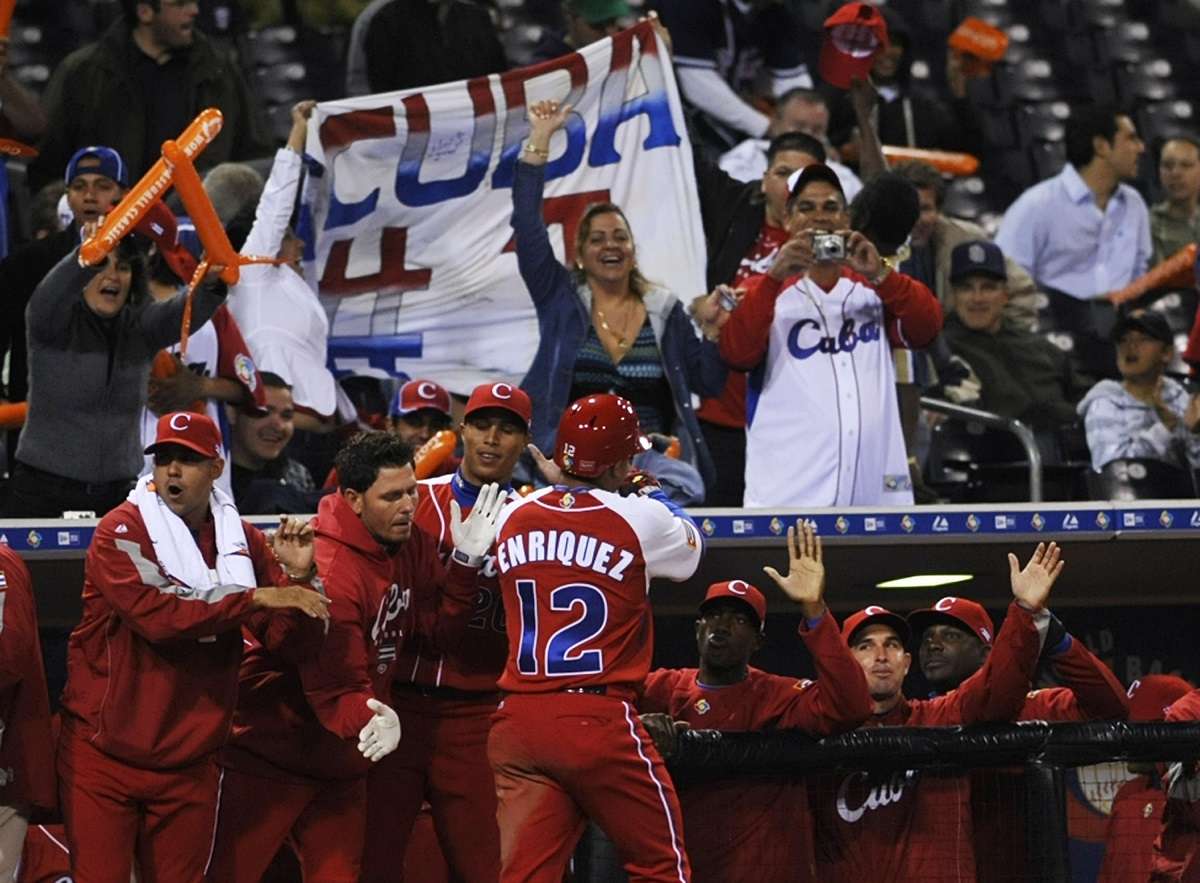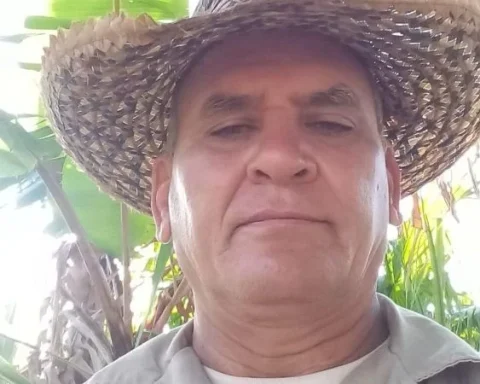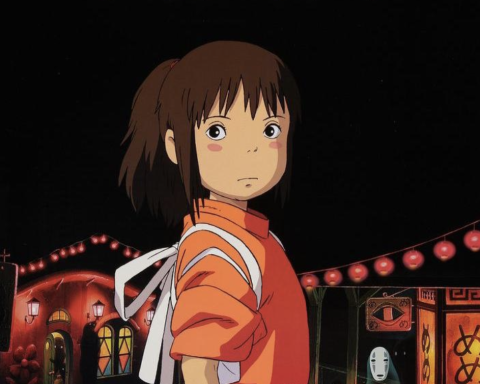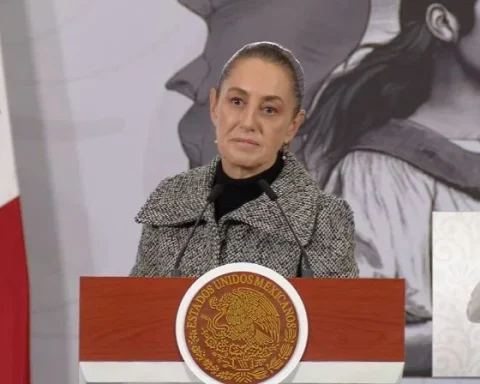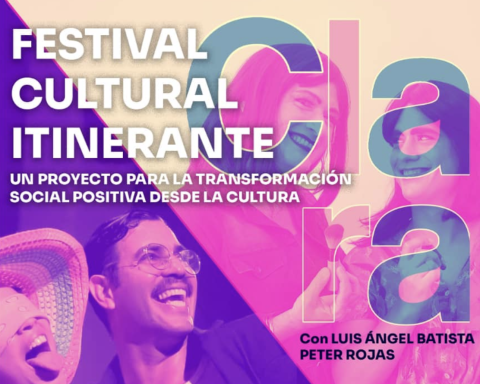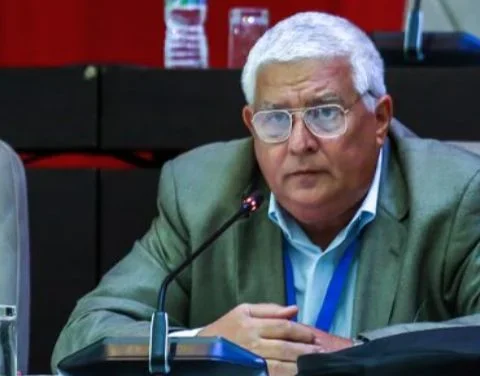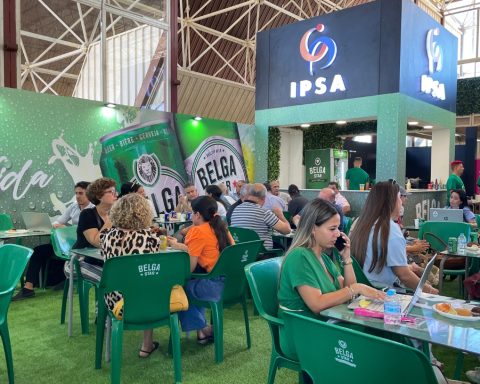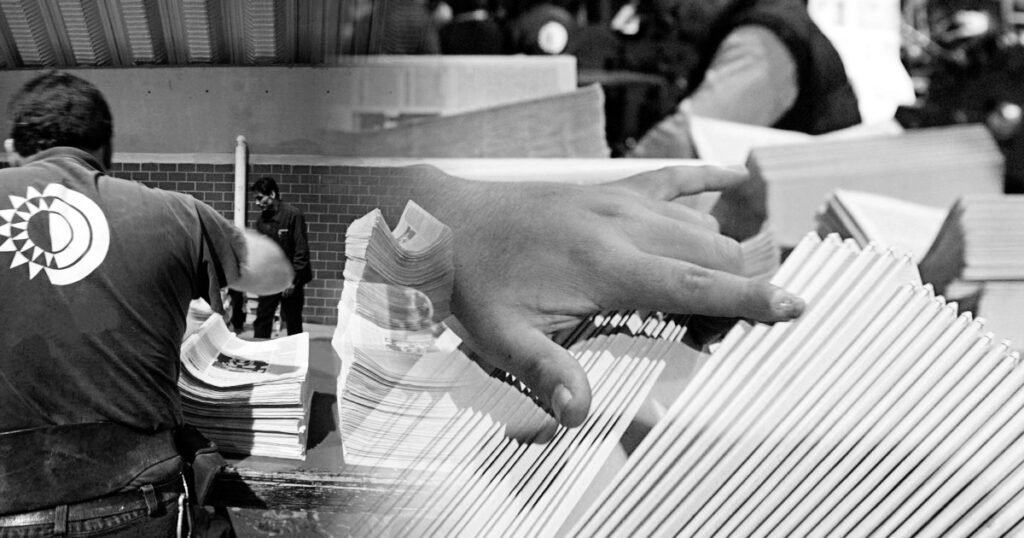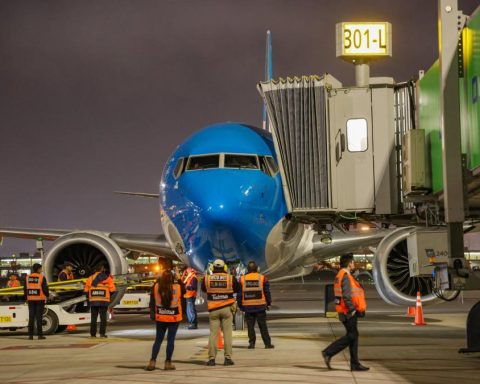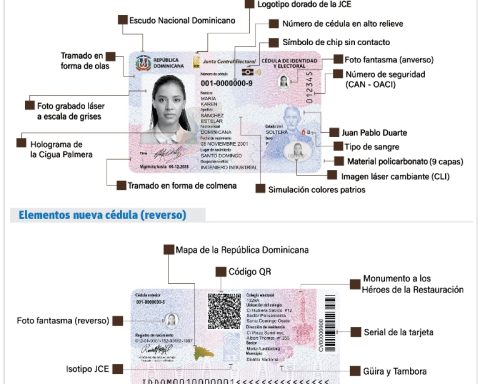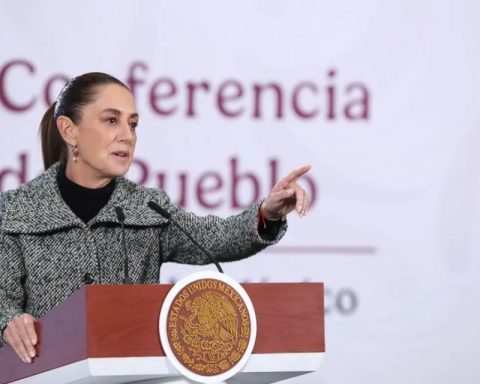After Michel Enríquez and Yulieski Gurriel struck out and gave up the last two outs of the first World Baseball Classic, many Cuban fans fell silent and began to digest the bitter pill of defeat, still not so common at that time, seventeen years ago. However, other fans took a different path: they quickly shook off the blow and immediately began to dream of the next edition of the event and the possibility of bringing the trophy to the island.
The way things went in 2006, it wasn’t a fanciful idea. With an established and winning generation, accompanied by a wave of talents that were succeeding at the highest level, anyone could think that Cuba would have a chance to win the next Classic.
The optimistic balloon had a puncture in 2008, when the national team again lost a final at the Beijing Olympics, with the double play Yulieski’s fateful match against South Korea. That defeat was a wake-up call, although the dream of a great result in the second Clásico was still intact. We still had players capable of performing big.
The exam would not be long in coming and in 2009, only three years after the inaugural edition, the curtains of the contest were drawn again, which was installed permanently in the post-Olympic year with the aspiration of becoming the largest Show of the sports world in those seasons.
Again, dozens of Major League stars committed themselves and jumped to the diamonds of Japan, Canada, Puerto Rico, the United States and Mexico, where we had to travel to face South Africa, Australia and the hosts in the first round, three rivals we had not seen in the previous edition.


We arrived in Aztec lands with great aspirations and responsibilities, something normal for a team that three years earlier had reached the final after beating squads full of MLB players. That performance had given us the aura of a tough team for 2009, a reputation also earned by the tremendous international record of Cuban baseball.
However, the health of the national pastime was not the same. Several players with a relevant tour (Eduardo Paret, Adiel Palma or Pedro Luis Lazo) were not in the same shape; and others who made a difference in 2006 (Osmani Urrutia, Yoandry Garlobo or Yadel Martí) were not on the payroll. We must add that by 2009 the deepest migration process in the history of Cuban baseball had already begun, which would increase years later to unsuspected limits.

Photo: Ricardo Lopez Hevia
The result of the ninth in the second Clásico depended a lot on the performance of established figures such as Frederich Cepeda, Yulieski Gurriel, Norge Luis Vera or Ariel Pestano, and on the irruption of a new generation made up of Leonys Martín, Alfredo Despaigne, Yoenis Céspedes, Héctor Olivera or Aroldis Chapman, players from another galaxy who had the Major League Baseball sign drawn on their faces, as they demonstrated years later.
This generational change did not alter the correct dynamics of a team that played ball well. Each one was clear about their role and they applied the fundamentals of baseball without problems, without improvisations; but sometimes that is not enough to win in a sport that had undergone a brutal evolution in terms of data analysis, trends and sabermetrics, aspects in which we did not have a development comparable to that of other countries.
Probably the most obvious example of the differences in these aspects was seen in the duels against the Japanese stars Hisashi Iwakuma and Daisuke Matsuzaka, protagonists from the mound in the two consecutive shutouts of the Asians against Cuba in the second round of the tournament.

Photo: Ricardo López Hevia.
The players on the island asked me if with the camera lens I could see some of the grips of the Japanese shooters; but it was impossible: they were indecipherable. Its greatest virtue was the depth of the repertoires. They never repeated the same pitching structure in shifts. They drove the Cubans crazy, especially with the breaks.
From their hands, the samurai kidnapped our championship aspirations—as in the first Classic— and they became the black beast of the squad with the four letters and their millions of partials. In addition, they took decisive steps to return to the final and revalidate the crown against South Korea.
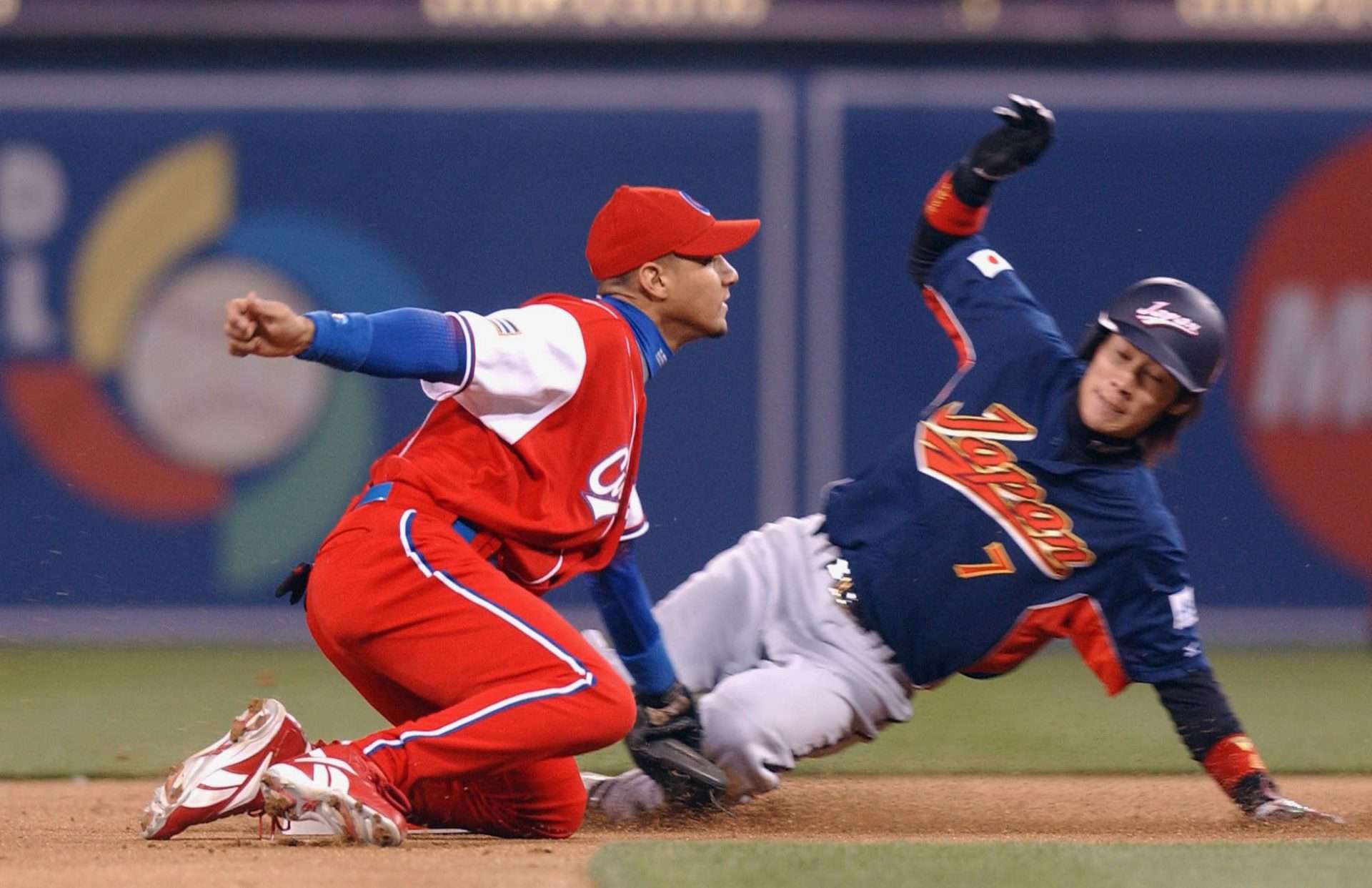
Photo: Ricardo López Hevia
Of course, the defeat cannot overshadow the experiences lived, first in Mexico and then back at Petco Park in San Diego. On Aztec soil we stayed very close to the headquarters stadium, the Foro Sol, where we walked every day. For this edition we do not share the same hotel as the players; it was not allowed by the organizers. The closeness that we reporters were allowed in the first Clásico would never be repeated.
The Antillean players were in another venue provided by the headquarters, without many movement options. In fact, we never ran into each other on the streets of Mexico City, not even in the popular Tepito neighborhood, a regular meeting point for Cubans due to the shopping opportunities it offered.
From the stories on the ground, there are moments that are marked in my memory. The first was in the duel against Australia to seek a pass to the second round, in which we entered the last third at a disadvantage. In that circumstance, Michel Enríquez brought us back to life with a double RBI and Yosvany Peraza elevated us to another dimension with a pinch hit home run that turned the score around.
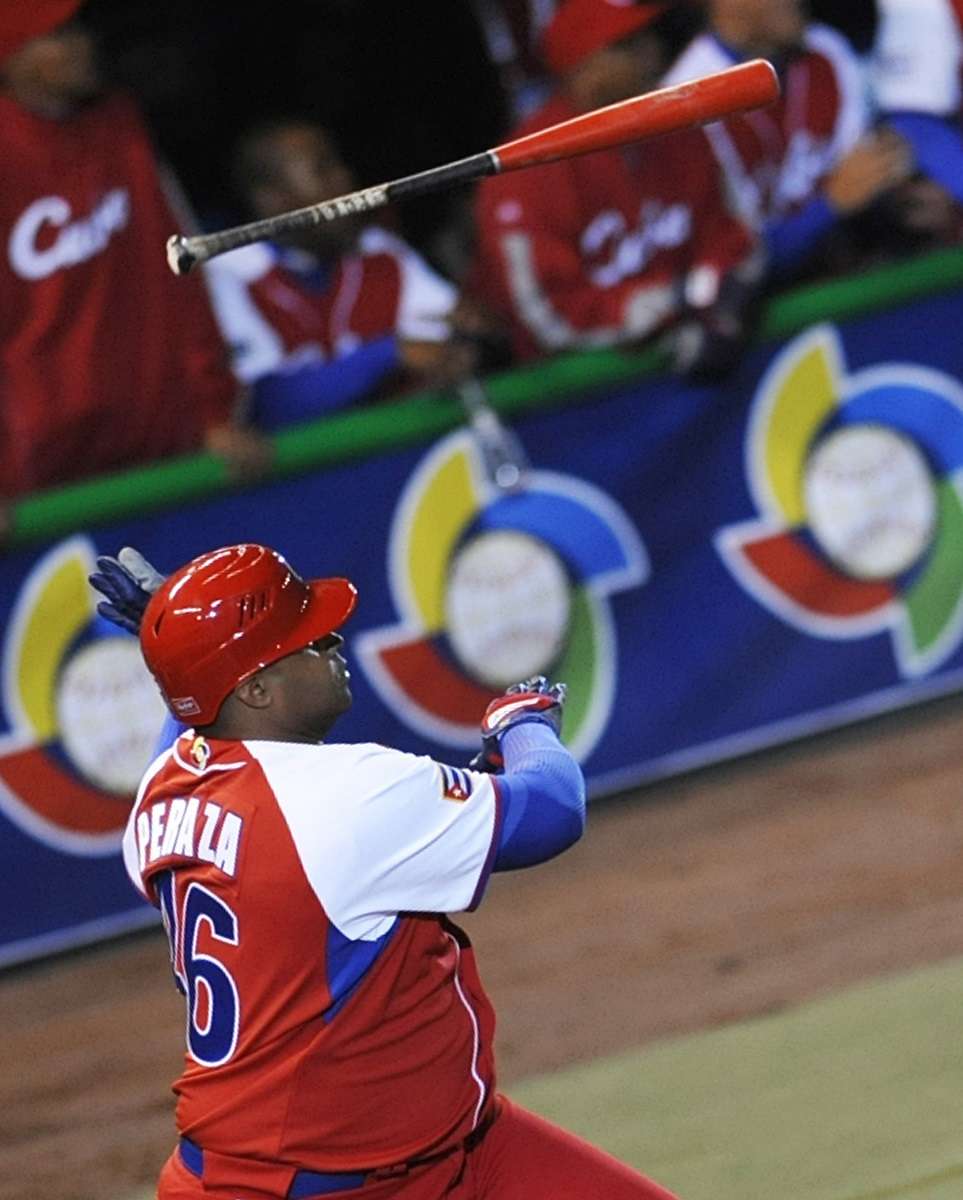
I prefer the timely change of manager Higinio Vélez, who did not hesitate to give Peraza the bat at zero hour. “El Gordo”, a natural predator, was asking for the opportunity and responded with a line homer that he didn’t even have time to narrate, as the immortal Héctor Rodríguez would tell us after the game.
The shot was a deadly dagger in Australian aspirations and gave us a pass to the second round and the ticket to San Diego, a well-known path. There things would not go entirely well, due to the two defeats against Japan; but experiences would remain for eternity.
In the second round I had to work very close to the samurai’s bench in the duel against Aroldis Chapman, who managed to scare them with his straights of more than 100 miles which, in those days, had an indefinite direction. The Asians, always even-tempered, lost their composure and wished each other luck to face the diabolical pitching of the left-handed player from Holguin.
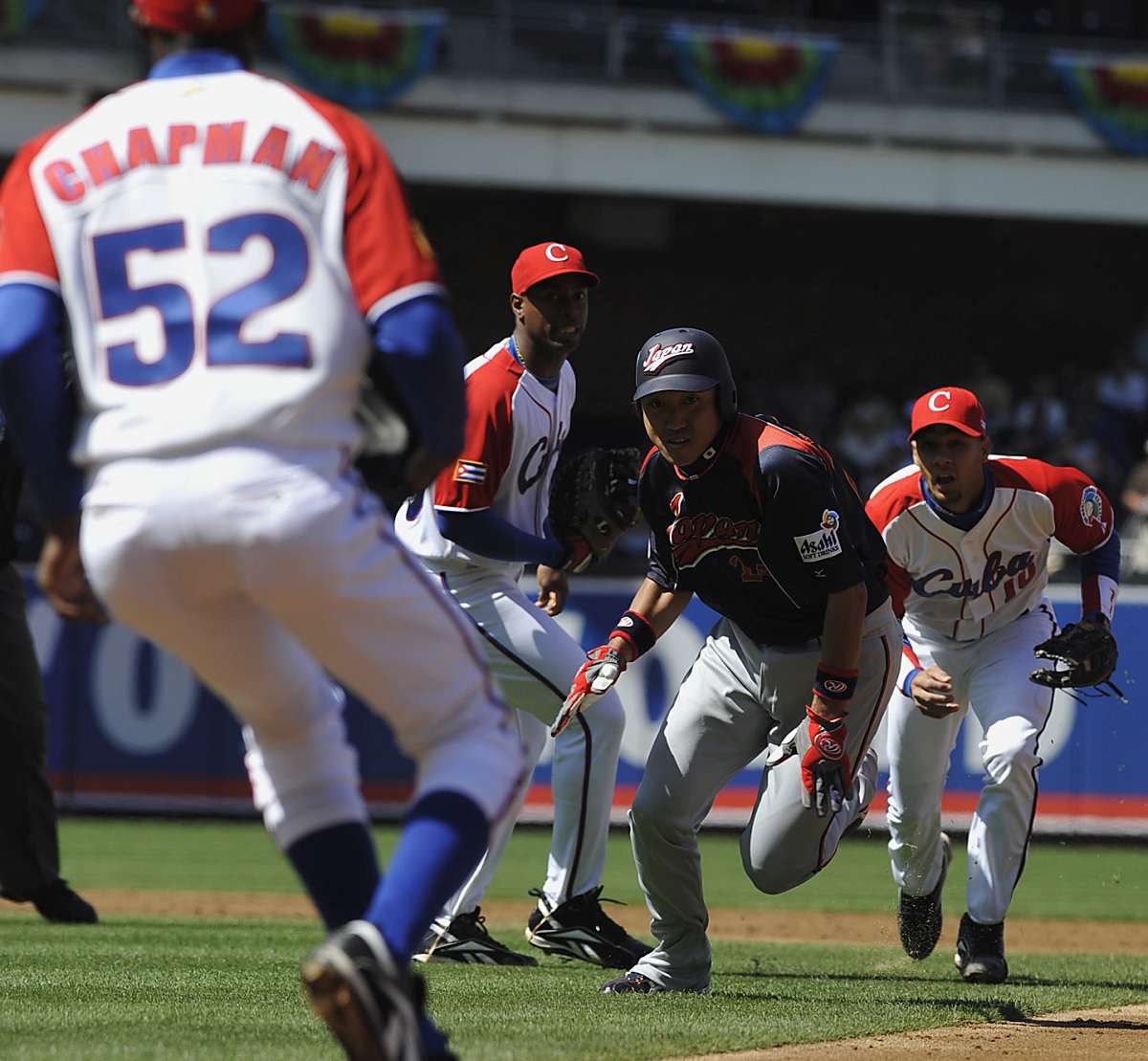
As usually happens in these tournaments, there were very complex moments. For the first time in my career, I witnessed the departure of two friends from the press team, who decided to take another path. Excessive tension fell on the rest of the cast. On the sporting front, I witnessed some unexpected changes in the Cuban squad that could have influenced the two defeats against the Japanese.
In San Diego I was able to see how the lineups made up by the team’s coaching staff were modified at the last minute, under penalty of even receiving sanctions for breaking the tournament rules. According to the stories of the mentor Higinio Vélez, these changes were oriented from Havana by a group of “specialists” who went over the strategies of the high command at the headquarters of the competition.
On more than one occasion I spoke about the subject with the experienced Vélez. He always answered me the same: “I have saved the rosters originals; one day it will be possible to clearly say what happened, now I have to continue carrying my sins and my silence”. After the Classic, Higinio stoically endured a public scolding that made it clear who had to take the blame.

Unfortunately, the damn COVID-19 he took the strategist from Santiago in May 2021, and with it went those stories that were never declassified.
Apart from these gloomy changes, the elimination in the second Clásico was a reality check, a reflection of the domestic inconsistencies that had been dragging on for some time. The defeat was the definitive warning that only by dreaming would it be possible for us to achieve relevant results at the highest level of the international arena.
The event also marked the closing of the cycle of a stellar generation, with a great winning mentality. On the other hand, the tournament was an ideal showcase for men like Yoenis Céspedes, Leonys Martín, Leslie Anderson, Aroldis Champan or Héctor Olivera, who not long after went out to try their luck in professionalism. With them, and after them, the greatest exodus in the history of Cuban baseball would be uncovered, which continues to this day and which would condition Cuban performances in the following editions of the World Classic.
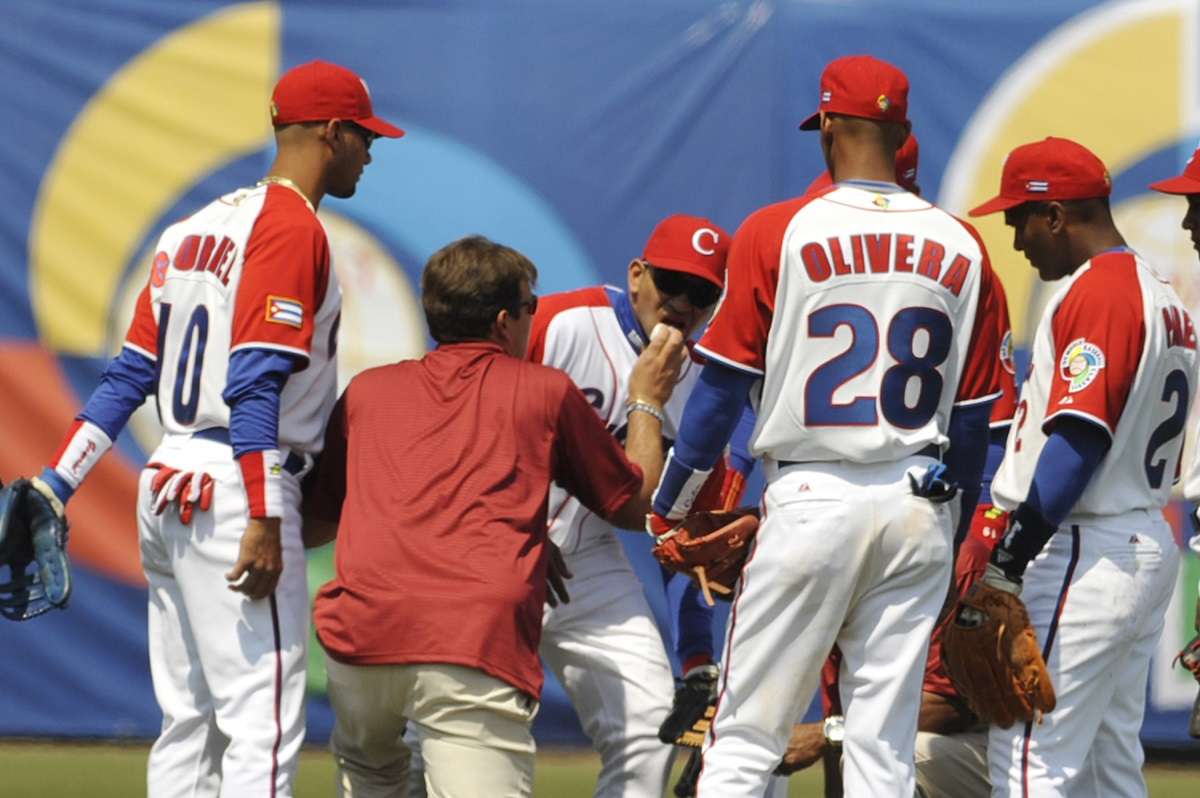
To be continue…
Previous installment of the series: Classic Stories (I)
